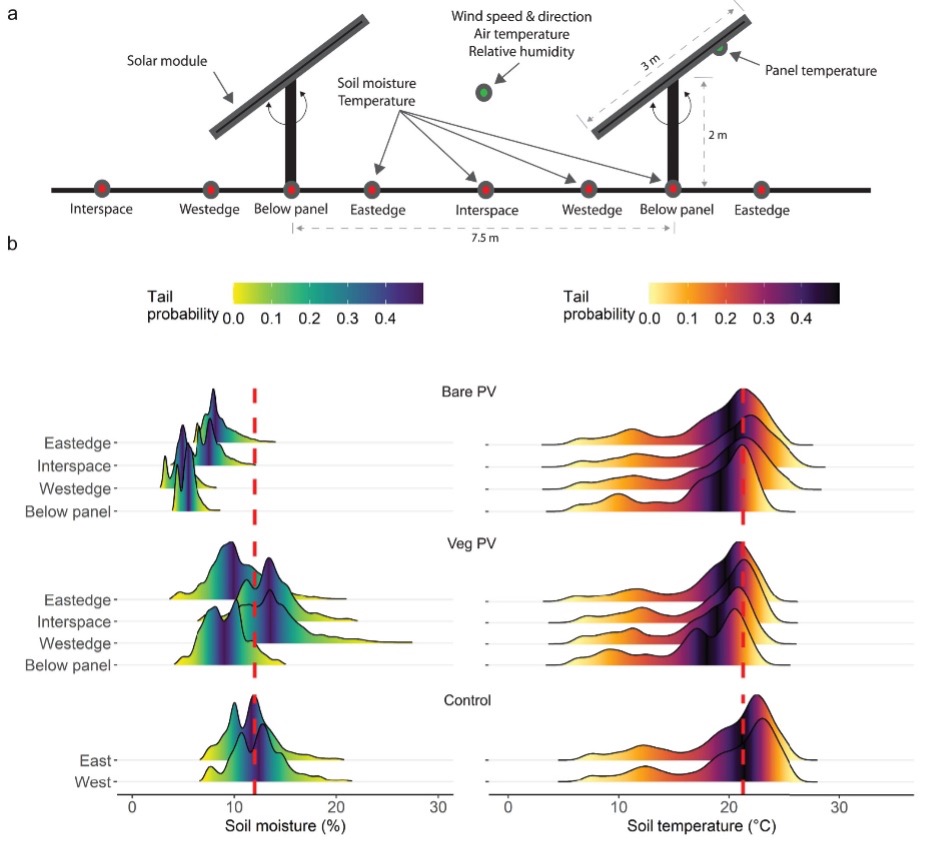InSPIRE/About
About
The InSPIRE Research Project
The InSPIRE project helps integrate mutual benefits of solar projects with agricultural and conservation lands by convening multi-sectoral and multi-disciplinary teams, providing foundational data and services to the public, and conducting novel fieldwork and analytical research on agrivoltaics. InSPIRE’s work supports the replication and scaling-up of agrivoltaics research and deployment.
 InSPIRE field-based research objectives
InSPIRE field-based research objectives
Research Objectives
The InSPIRE project kicked off research on agrivoltaics in the fall of 2015. Throughout its history, InSPIRE has demonstrated the feasibility of novel agrivoltaic configurations and designs at over 30 test sites around the country and identified additional knowledge gaps where research is still needed. InSPIRE has also cultivated national and international partnerships and leadership positions through extensive stakeholder engagement and foundational data services. Current InSPIRE work builds on this rich history through three key sets of activities:

Convening, Collaborating, and Coordinating
The InSPIRE project organizes the ASTRO network, supports farmers of color, offers technical assistance for agrivoltaics, and aids the U.S. Department of Energy (DOE) in inter-agency and international collaboration on agrivoltaics.

Foundational Services and Data
The InSPIRE project provides foundational data to support agrivoltaics research, development, and policy by showcasing projects through our Agrivoltaics Map, tracking the latest research through our Data Portal, maintaining online financial analysis tools, and developing user guides such as the Primer and the 5Cs.

Novel Research
The InSPIRE team conducts research on social impacts, cost factors, water and microclimate changes, and field-based projects assessing crop production, ecosystem services, and PV performance related to agrivoltaics.
Contact
Jordan Macknick, Principal Investigator
National Renewable Energy Laboratory (NREL)
| (303) 275-3828
Funded by the U.S. Department of Energy Solar Energy Technologies Office and managed by the National Renewable Energy Laboratory
